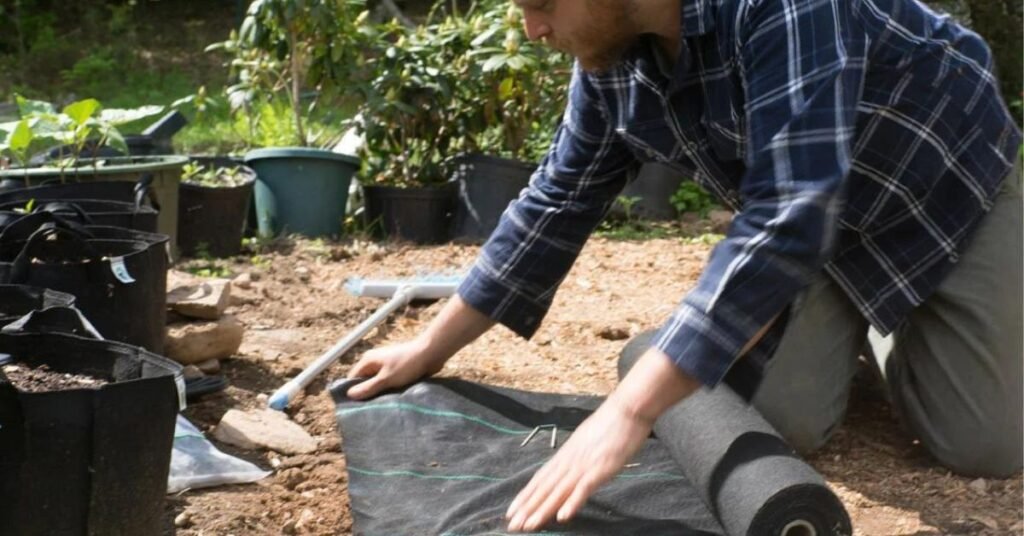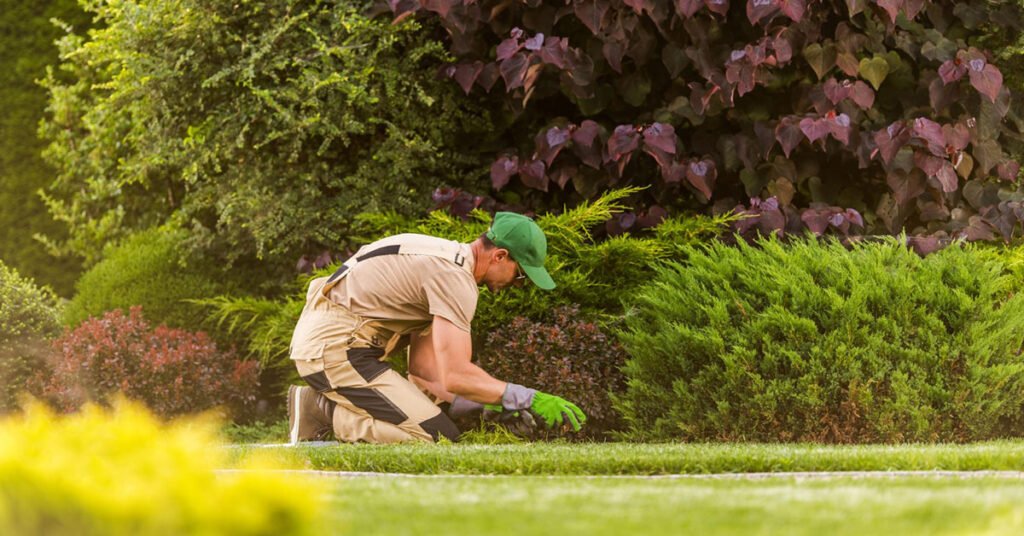Are you considering using landscape fabric in your next landscaping project? Aspiring landscapers often find themselves pondering whether to put soil on top of landscape fabric. In this comprehensive guide, we’ll explore do you put soil on top of landscape fabric. Let’s dive in.
What is Landscape Fabric?
Landscape fabric, also known as weed fabric or weed barrier, is a material commonly used in landscaping to suppress weed growth while allowing water and nutrients to penetrate the soil. It acts as a barrier between the soil and the mulch or decorative gravel layered on top.
Benefits of Landscape Fabric
- Weed Suppression: One of the primary benefits of landscape fabric is its ability to inhibit weed growth. By blocking sunlight and preventing weed seeds from germinating, it helps maintain a weed-free landscape.
- Water Conservation: Landscape fabric allows water to permeate through to the soil while reducing evaporation, thus promoting water conservation and efficient irrigation.
- Soil Erosion Control: By holding soil in place, landscape fabric helps prevent erosion, especially on slopes and hillsides.
- Improved Plant Health: By preventing weed competition and maintaining soil moisture, landscape fabric creates optimal conditions for plant growth, leading to healthier and more vigorous plants.
Do You Put Soil on Top of Landscape Fabric?
The question of whether to put soil on top of landscape fabric is a common one among landscapers, particularly those new to the industry. The answer to this question depends on the specific context of your landscaping project and the desired outcome you aim to achieve. Here’s a straightforward breakdown:
1. Raised Beds and Garden Beds
If you’re using landscape fabric in raised beds or garden beds where plants will be directly planted into the soil, there’s generally no need to cover the fabric with additional soil. Instead, landscape fabric serves as a barrier beneath the beds to prevent weeds from infiltrating the planting area.
2. Pathways and Walkways
In pathways or walkways where landscape fabric is used to suppress weed growth, it’s typical to cover the fabric with a layer of gravel, mulch, or pavers. Adding soil on top of landscape fabric in these areas can impede drainage and complicate maintenance, making it an unnecessary step.
3. Retaining Walls and Slopes
In areas prone to erosion, such as retaining walls or slopes, incorporating landscape fabric along with soil can help stabilize the surface and prevent soil loss. In such cases, soil can be placed on top of the fabric to anchor it in place before adding mulch or other ground cover materials.
Read More: How To Remove Leaves From Landscape Rock
Conclusion
Whether to put soil on top of landscape fabric depends on the specific requirements of your landscaping project. While soil may not always be necessary, landscape fabric can be a valuable tool for weed control, erosion prevention, and moisture conservation in various landscaping applications.
By understanding the benefits and best practices associated with landscape fabric, aspiring landscapers can make informed decisions to achieve professional results in their landscaping endeavors.



